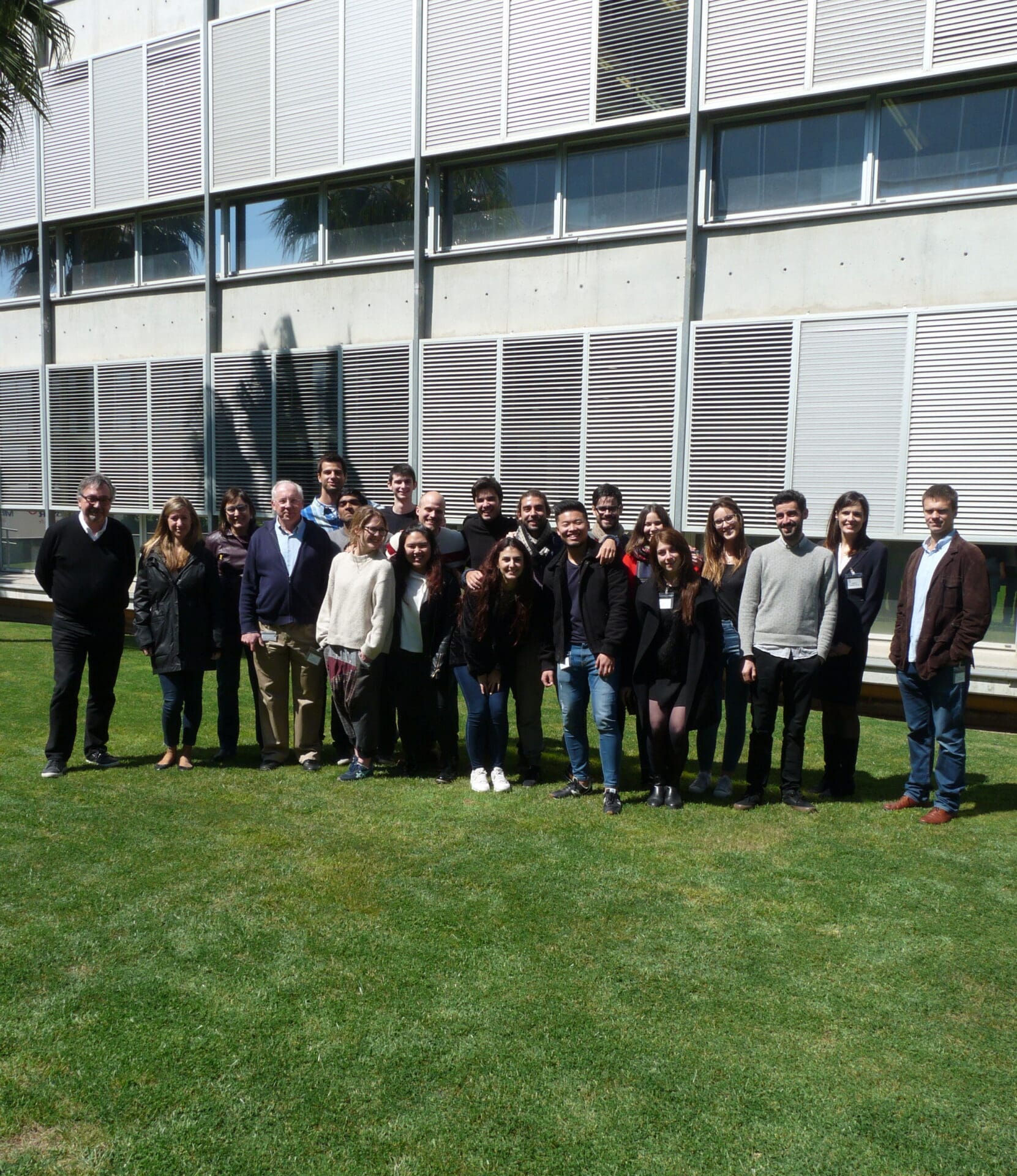
 09/04/2018
09/04/2018
 11:00 h
11:00 h
- Lecturer: Prof. Dr. Serena DeBeer
- University: Max Planck Institute for Chemical Energy Conversion (Germany)
- Sponsored by:

ICIQ Training Day, Master BIST-UPF
X-ray spectroscopic studies of biological methane oxidation
Soluble methane monooxygenases (sMMO) enable the biological conversion of methane to methanol. Nature’s ability to directly affect this conversion under ambient conditions is a subject of great interest in energy research, particularly for the economic utilization of natural gas. To enable this conversion, biology employs a dinculear iron active site, in which the key intermediate, known as “Q”, is able to directly cleave the strong non-polar C–H bonds of methane. The nature of Q has been the subject of intense research for more than two decades, with arguments made for both “open” or “closed” Fe2O2 core confirmation. Most recently, resonance Raman studies have argued that Q is best described as a symmetric closed diamond core structure. However, additional spectroscopic evidence is desirable in order to corroborate this finding. Recently, we have utilized high-energy resolution fluorescence detected x-ray absorption spectroscopy (HERFD XAS) to study MMO-Q and related model complexes. The seminar will start with a brief tutorial on both standard and advanced X-ray spectroscopic approaches. I will then discuss how these approaches have been utilized to obtain new insights into the mechanism of biological methane oxidation.
Other events

Let's create a brighter future
Join our team to work with renowned researchers, tackle groundbreaking
projects and contribute to meaningful scientific advancements




















